What Are ‘Wheat Middlings’ in Horse Feed?
- Posted by Clair Thunes, PhD
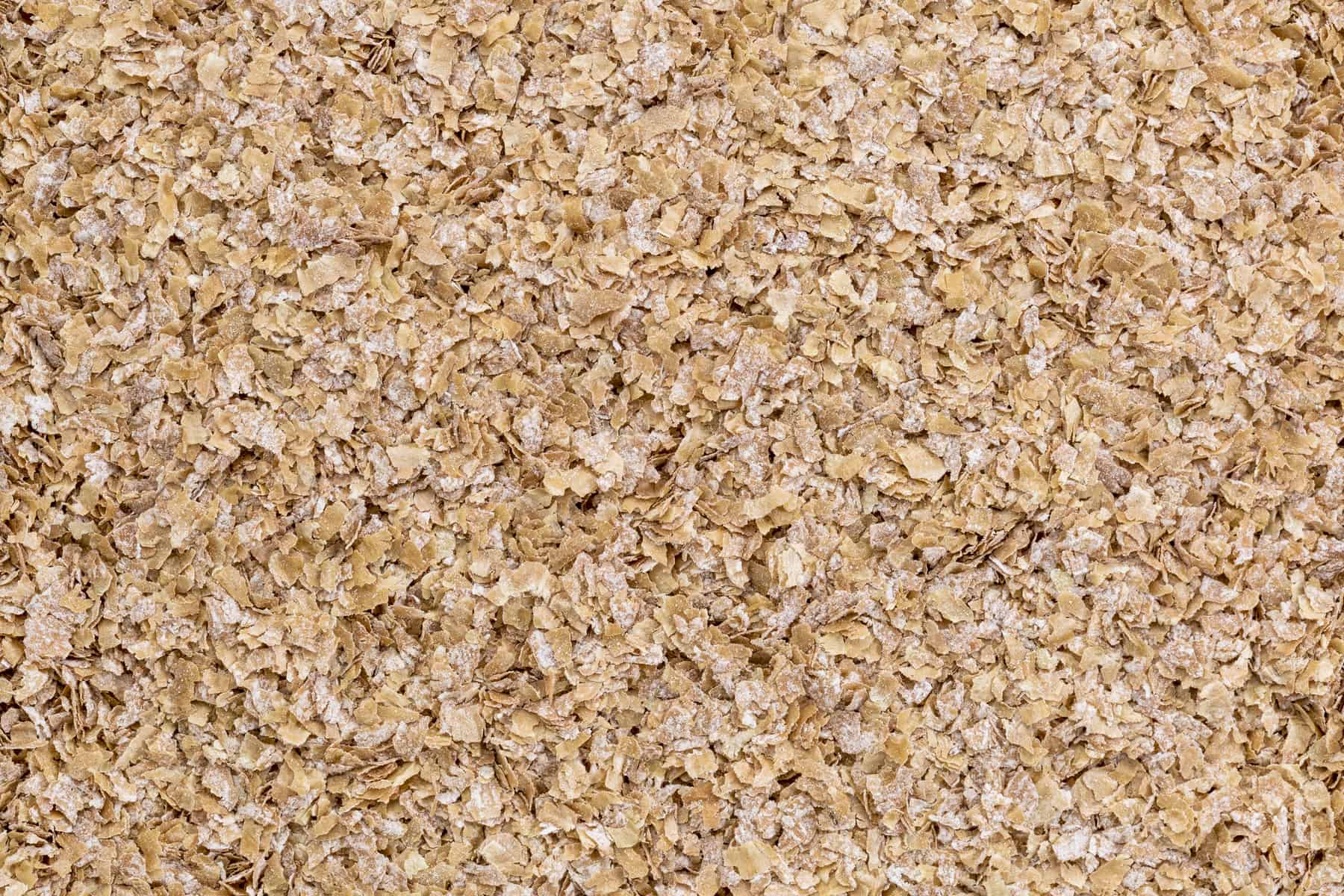
Q.I’ve been considering changing my horse’s feed ration, so I’ve read a lot of feed labels lately. I notice that many feeds include “wheat middlings.” What are wheat middlings? Are they just some kind of filler or cost-saving measure for the manufacturers?
—Via e-mail
A.It’s great you’re reading and paying attention to the tags on feeds you’re considering for your horse. Feed tags include a lot of useful information, including the ingredient list of everything in the product. And you’re right—wheat middlings (or “midds”) have become a very popular ingredient in horse feeds, especially pelleted ones
Create a free account with TheHorse.com to view this content.
TheHorse.com is home to thousands of free articles about horse health care. In order to access some of our exclusive free content, you must be signed into TheHorse.com.
Start your free account today!
Already have an account?
and continue reading.

Written by:
Clair Thunes, PhD
Related Articles
Stay on top of the most recent Horse Health news with



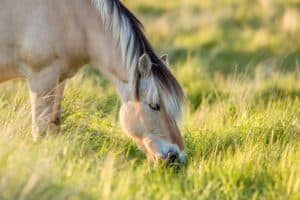



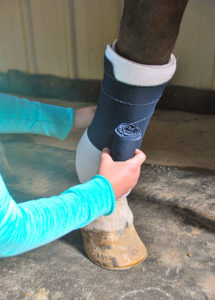


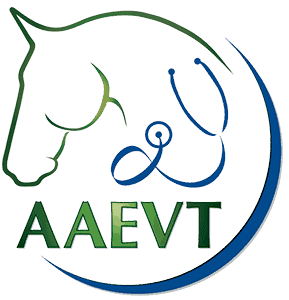
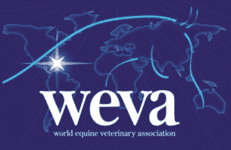




One Response
We have fed a custom feed mix for several years that is 40% pelleted wheat midds. It is an excellent feed and safe for insulin resistant horses. We buy it from a big feed mill and pick it up in 1 ton super sacks. We save over $100.00 per ton by doing this and have a better feed at the same time. One word of warning: they contain very little calcium and are quite high in Phosphorus. If you feed them with grass hay (as opposed to a legume like alfalfa) you must supply extra Calcium (Ca). We do that by having the mill add 50# of powdered Calcium Carbonate (CaC) per ton of feed ordered and add a Vitamin A-D premix. We have fed this mix to 80+ horses for many years and never have any foals with leg problems and never have any digestive or metabolic problems